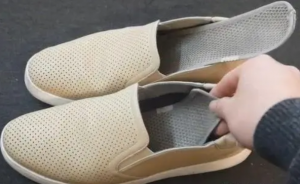
The suitability of soft or hard insoles for the elderly depends on various factors. Including their foot condition, comfort preferences, and any existing medical conditions. Both soft and hard insoles have their own advantages and considerations.
Soft insoles, typically made of materials like foam or gel, provide cushioning and shock absorption. They can be beneficial for individuals with sensitive feet, arthritis, or conditions like plantar fasciitis. Soft insoles can help alleviate pressure points, reduce discomfort, and provide extra support to the arches. They may also be more comfortable for those who spend long periods on their feet or have reduced fat padding on the soles.
On the other hand, hard insoles, often made of rigid materials like plastic or carbon fiber, offer stability and support. They are designed to control excessive foot movement, correct alignment issues, and provide better arch support. Hard insoles can be beneficial for individuals with flat feet, overpronation (inward rolling of the foot), or certain musculoskeletal conditions. They can help distribute weight evenly across the foot and improve overall foot function.
Ultimately, the choice between soft and hard insoles should be based on individual needs, foot structure, and comfort. It is advisable to consult with a podiatrist or healthcare professional who can assess the specific requirements of an elderly person’s feet. They can provide personalized recommendations and guidance on the most suitable type of insoles for their foot conditions and overall well-being.
